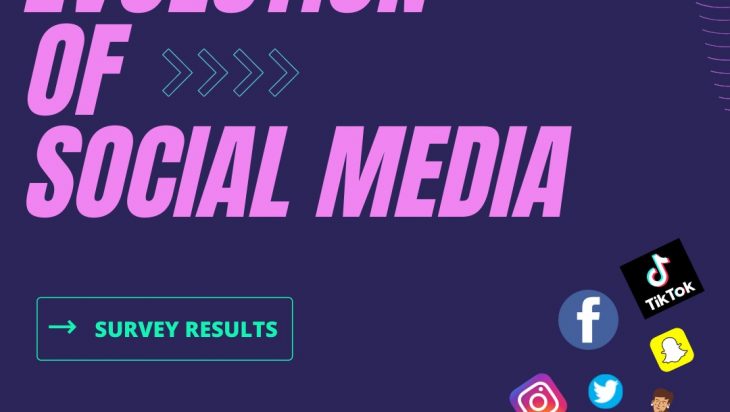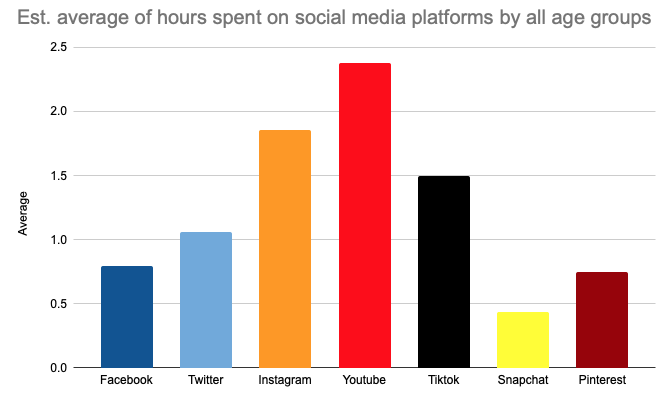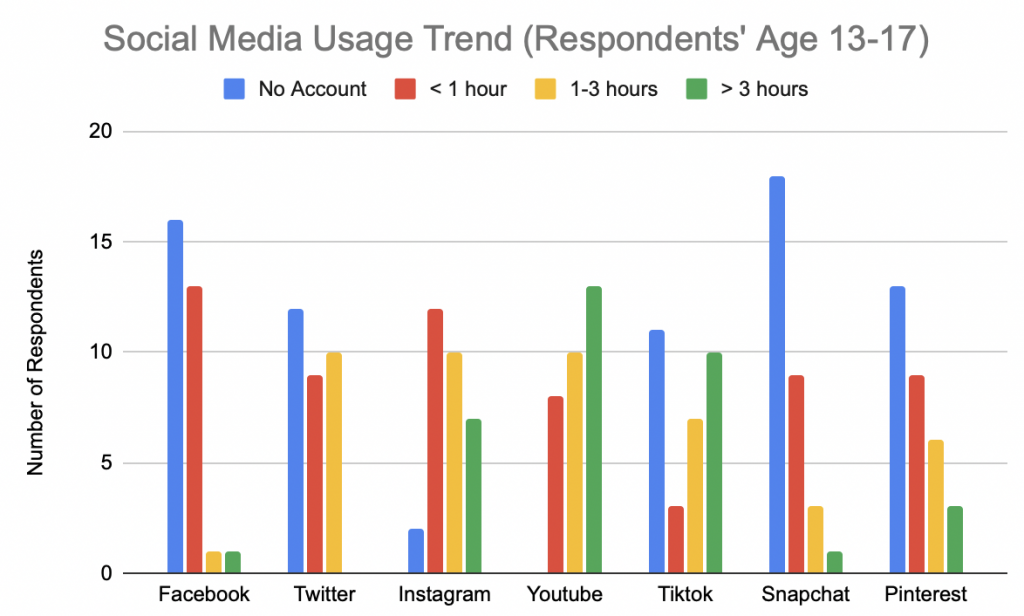Survey Results: Which Social Media Platform is Most Popular?

Stay updated with the latest intriguing stories for high achievers by following our Telegram channel here.
Modern-day internet and advanced modes of communication have allowed the existence of a variety of social media platforms that serve similar objectives of connecting people with content but in different ways.
They connect people from all around the globe whether it be through images, music, or videos but they vary in operational terms such as their user interface (UI) and user experience (UX). These subtle differences distinguish the various social media platforms among the many age groups of society.
On Tuesday, 26 October 2021, Cemerlang released a survey entitled, “Which Social Media Platform is Most Popular?” to examine these differences.
The survey consisted of three required sections:
- Age group;
- Time spent on each social media platform listed (Facebook, Twitter, Instagram, YouTube, TikTok, Snapchat, and Pinterest); and
- Messaging apps that the respondents use (WhatsApp, Telegram, iMessage, Signal, and others).
This survey was shared on all Cemerlang platforms and was answered by 67 respondents spanning across different age groups. The dataset is by no means a complete representation of the population but merely for general observation.
The following bar chart shows an overall summary from the survey which classifies all respondents’ time usage on each listed social media platform.
YouTube, Instagram & TikTok dominate while Facebook noticeably lagging behind

On the other hand, the bar chart below tabulates all respondents’ choices of messaging apps. It is recorded that WhatsApp is the most used app for all respondents, followed by Telegram, iMessage, Signal, and lastly, Discord.

Facebook popular with older age group but still lags far behind YouTube, TikTok and Instagram overall among all age groups.

YouTube is most popular across all age groups.
- YouTube is used frequently by all ages;
- Facebook is more popular amongst respondents ages 25 and above; and
- Tiktok is more popular amongst the younger respondents, but not far behind Facebook among the older generation.
These trends satisfy the perception that claims Facebook is for the older generation while TikTok is for the younger generation. YouTube on the other hand, maintains a strong presence across all age groups. This is presumably due to its uniqueness as the most robust video platform with almost all types of information available.
Furthermore, we calculated the average hours spent on social media for all age groups and discovered that younger generation (ages 13 to 24 altogether) dominantly spend time surfing the waves of social media while the opposite can be said for those who are above 30 years old.
The distinction can be seen below:
Age 30 and above spend less time on social media but quite active on YouTube & Twitter.
From the data for age 30 and above, an identified trend is that there is a significant number of respondents who do not own accounts in all listed social media platforms. This is most prominently seen in Snapchat and Pinterest. Additionally, it is noted that respondents do not use social media as often as the other age groups.
Facebook is most popular among the 25-30 age group.
There is already a stark difference in data with this age group as compared to the previous age group. Besides Snapchat and Pinterest, the respondents have accounts in all of the social media platforms and spend a considerable amount of time on Facebook. It is probably due to Facebook’s ability to carry all types of media from articles, videos to photos and thereby appeal to this age group that consume social media for both work and leisure.
“Social media cleansing” trend seen in the 18-24 age group.

The data collected from this age group shows that there is a significant number of respondents who do not have accounts in all social media platforms but YouTube. We assume that they may be on voluntary “social media cleansing”, where they try to enjoy life without the need to document every moment online. But it is also acknowledged that this age group do spend a notable amount of time on social media. This data agrees with the common stereotype of the youth’s tendency to frequent social media as compared to the older generation.
Facebook least popular among age 13-17, TikTok and Instagram preferred. Social media usage controlled by school and parents.

From the bar chart above, it is noted that a considerable number of respondents do not have accounts on Snapchat, Facebook, Pinterest, Twitter, TikTok, and lastly Instagram. This could be because of school or parental guidance as respondents of this age group are quite young to own social media accounts. However, just like the respondents of ages 18-24, these youngsters spend a lot of time especially on YouTube, TikTok, and Instagram as they are more likely known to be associated with the younger generation.
5 Key Takeaways
- There seemed to be a strong preference for bite-sized and visual content across all age groups as YouTube, Instagram, TikTok and Twitter are most used.
- YouTube reigns supreme as it has a sizeable audience across all age groups.
- Facebook’s influence is dwindling but remained strong among the millennial generation.
- However, Meta the company that owns Facebook, Instagram and WhatsApp maintains social media dominance through Instagram and WhatsApp.
- TikTok dominates the younger audience and tailing not far behind Instagram overall.
Stay updated with the latest intriguing stories for high achievers by following our Telegram channel here.



